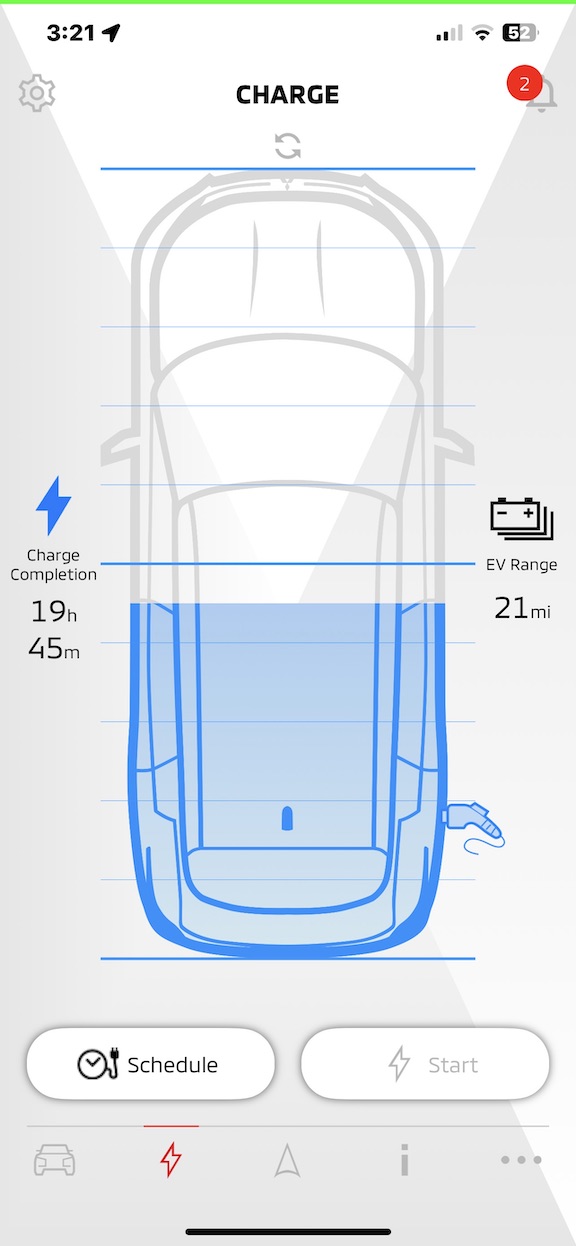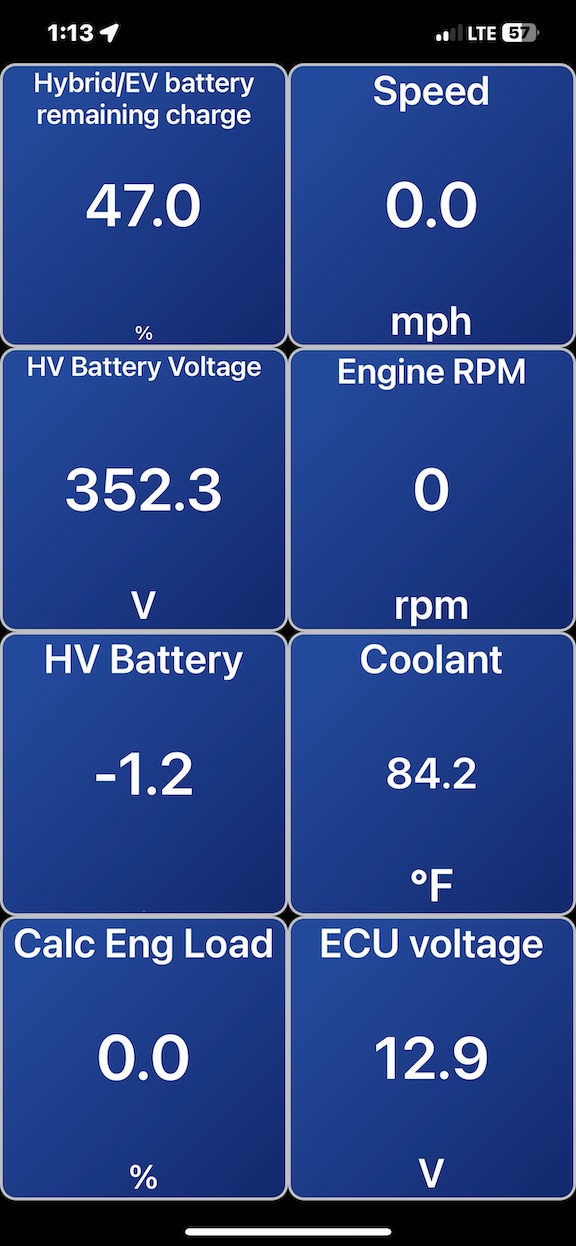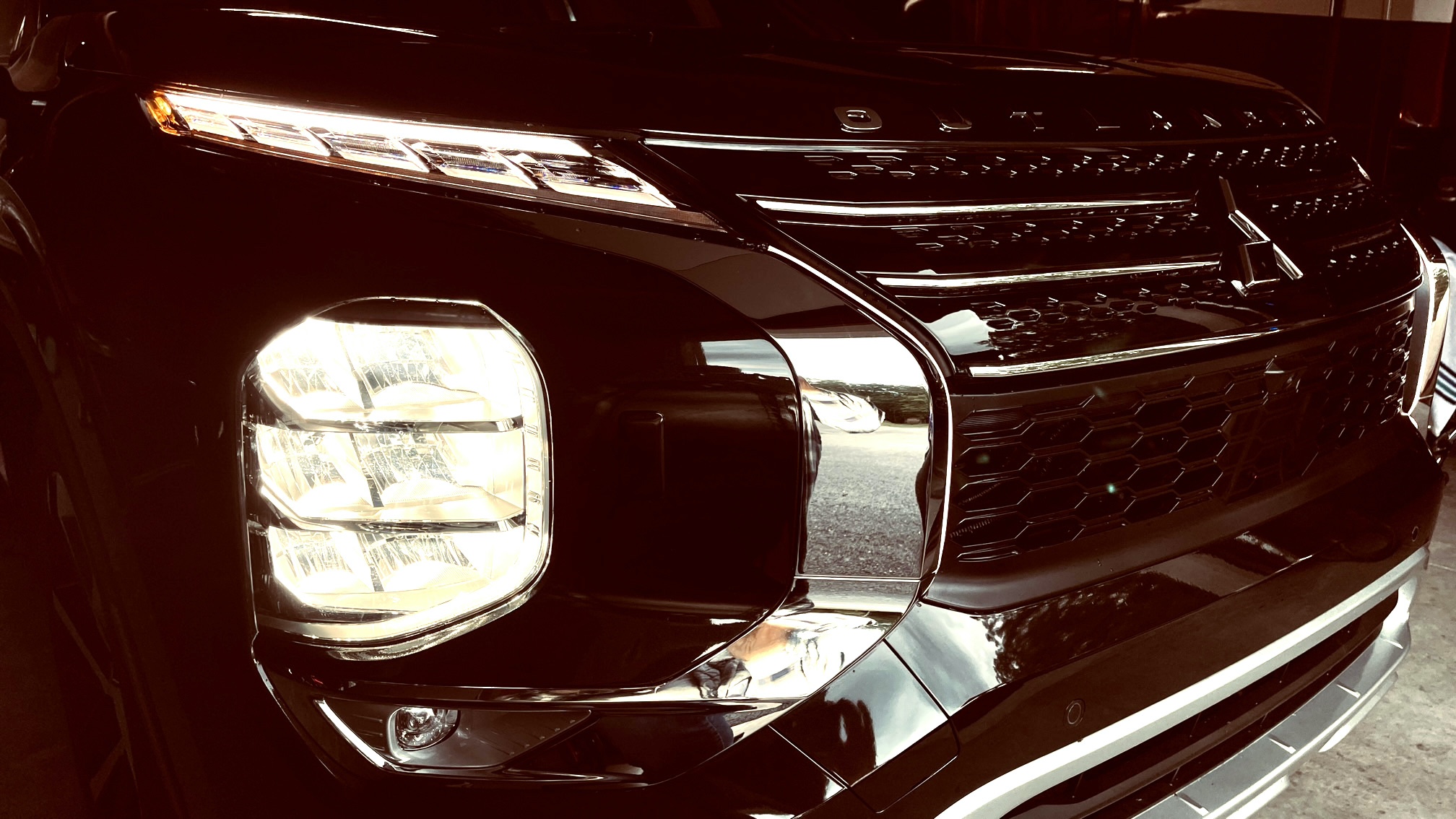littlescrote
Well-known member
- Joined
- Jul 26, 2019
- Messages
- 673
Rudra said:okay thanks.
Leaving aside efficiency.. are you saying that Charge is only available above 65 km ?.. and the engine will only run when above 65 km ?
Or if the engine can be set to run at lower speed and stationary what would be the charging rate when set to Charge ?
No, they're not saying that at all.
It was a pretty clear and comprehensive explanation I think, I don't know what to add to try and explain it any clearer. I'm trying but all I can suggest is re-reading it, or getting someone else to read it and try and explain it to you. Maybe it's just clear to me as I already have one and fully understand how it works.







